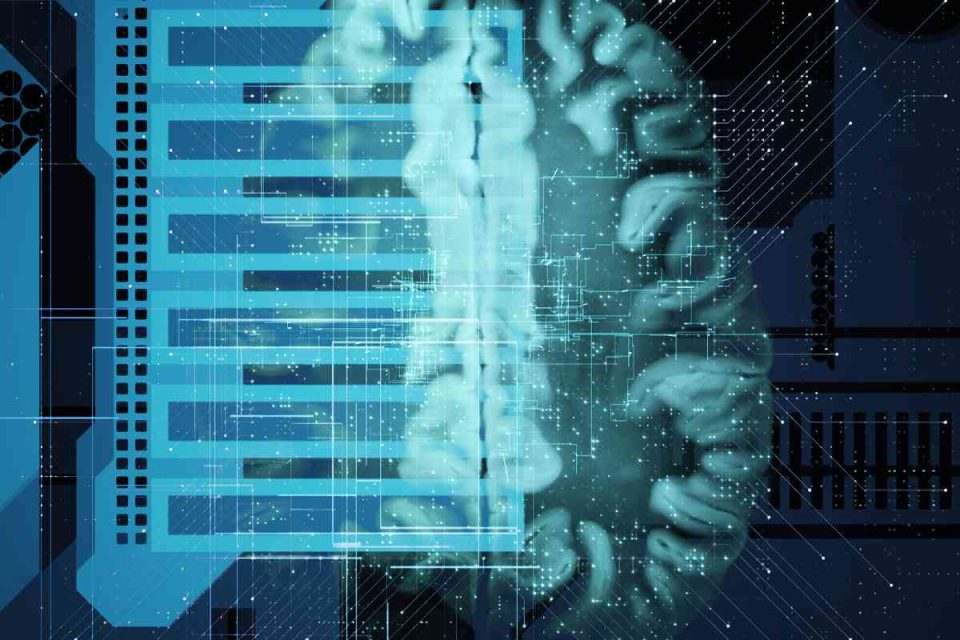Welcome to the final instalment in our series of Thrive in Fives about AI and healthcare. You may have noticed, I’ve been creating a lot of content around social relationships. More specifically, the importance of human connection in the age of artificial intelligence. But there are also a lot of ways in which I believe machine learning will be beneficial to us. And that’s what this series has been for, exploring examples of how it can be used to enhance human health. So, in part one, we looked at HeartFlow; part two, HN Predict; part three, retinal imaging. This time, I want to talk about AI and cancer detection.
Earlier Cancer Diagnosis
Cancer is a hideous disease – we’re all too familiar with it. We all know someone who has had it, or is battling with it at the moment. It takes around 10 million lives globally per annum, an incomprehensible amount. Recent technology, however, has enabled AI algorithms to analyse CT scans and detect the very early stages of cancer. Now, we know that an early diagnosis saves lives. It often means the diseased area isn’t too large or hasn’t spread, which in turn can lead to more successful treatment. So, a piece of AI-powered technology that could potentially save millions of lives every year. That is quite extraordinary.
More Treatment Choices
As I’ve said throughout this series, AI and cancer isn’t the only example out there. In fact, there are many other ways it can be used in healthcare. I tried to pick some of the things we are most commonly affected by: cardiovascular health, cognitive performance, alleviating pressure on the NHS, and cancer. But there is so much technology out there that will help to eliminate human error, fast-track medical care, and get earlier diagnoses to provide people with more treatment choices. In addition, from a preventative healthcare perspective, it will ensure we’re staying well and nipping anything likely to change that in the bud, as soon as that very first red flag goes up.
Extending Healthspan
The message I really wanted to spread with this series is that AI, combined with wearable technology and preventative health measures–things we can all do, sleep better, exercise, avoid smoking, minimise stress, meditate, that are readily available and accessible–will help to increase our healthspan. All of these factors put together are how we stay resilient, and live as happy and healthy a life as possible. And that’s what it’s really all about, isn’t it?
So, that’s it for this series. If you want to learn more about AI and cancer, click here. Please feel free to share these articles with anyone you think might benefit from them or get in touch to let us know what you think via Facebook, Linkedin, or Insta. Thanks–as always–for reading!
BOND: Social relationships in the age of AI
Leanne’s latest keynote uses the power of storytelling to teach your people the vital role social connections play in three key areas: belonging and connection, health and longevity, and innovative thinking. Find out more here.
The Cadence Wellbeing Scorecard
Take the Cadence Wellbeing Scorecard today and receive a free, personalised report with actionable insights you can take into your daily life to optimise your health and wellbeing.


